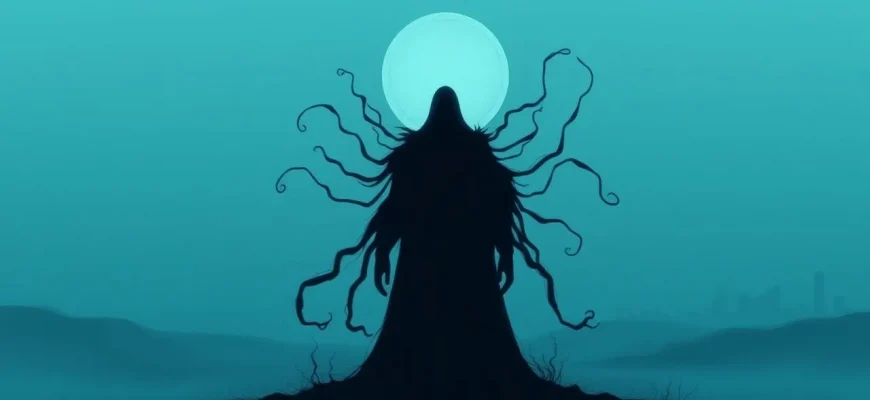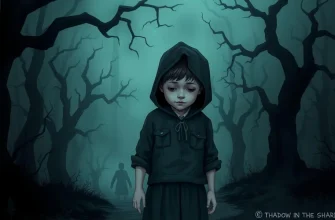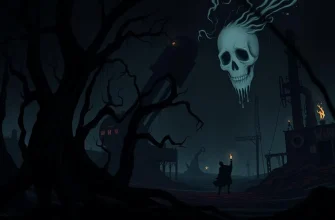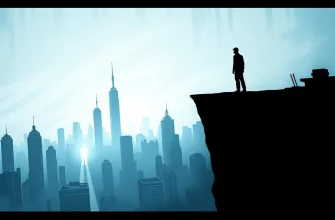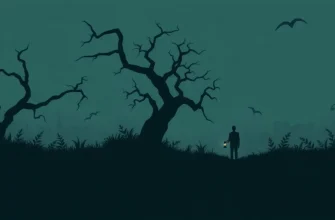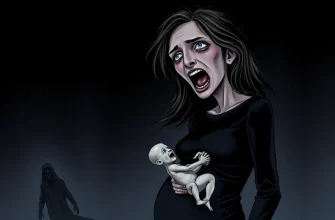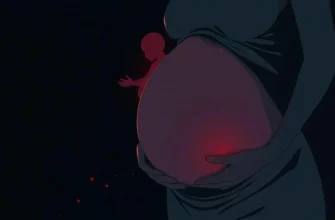Horror films have always pushed boundaries, but some go further by exploring themes that are often considered taboo. This curated list dives into the depths of human fears and societal norms, presenting movies that challenge viewers with their provocative content. From cannibalism to extreme violence, these films are not for the faint-hearted but offer a unique perspective on what scares us the most. Here are 10 horror films that delve into the forbidden, each with its own twist on taboo subjects.
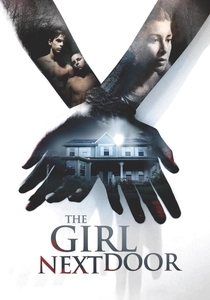
The Girl Next Door (2007)
Description: Based on a true story, this film depicts the horrifying abuse and torture of a young girl by her aunt, exploring themes of cruelty, neglect, and the dark side of human nature.
Fact: The film was inspired by the real-life case of Sylvia Likens, whose story is one of the most disturbing in American crime history.
 Watch Now
Watch Now 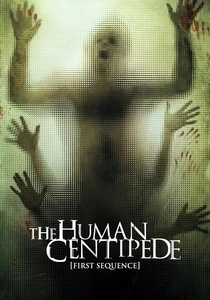
The Human Centipede (First Sequence) (2009)
Description: This film explores the grotesque concept of human experimentation, where a mad scientist creates a "human centipede" by surgically connecting people mouth-to-anus. It's a horrifying take on bodily autonomy and medical ethics.
Fact: The film was banned in several countries due to its graphic content. The director, Tom Six, initially conceived the idea as a joke.
 Watch Now
Watch Now 
Salò, or the 120 Days of Sodom (1975)
Description: Pier Paolo Pasolini's film is an adaptation of the Marquis de Sade's work, focusing on the brutal sexual and psychological torture of young victims by fascist libertines, making it a study in power, cruelty, and degradation.
Fact: Pasolini was murdered shortly before the film's release, leading to speculation about the film's impact on his death. It was banned in several countries for its explicit content.
 30 Days Free
30 Days Free 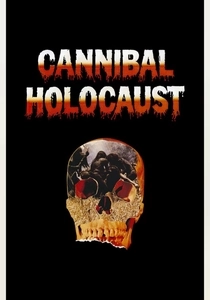
Cannibal Holocaust (1980)
Description: This Italian horror film blurs the line between fiction and reality with its depiction of cannibalism, animal cruelty, and the exploitation of indigenous people, raising ethical questions about filmmaking.
Fact: The film was initially banned in several countries for its graphic violence and real animal deaths. It's often cited as one of the first "found footage" films.
 30 Days Free
30 Days Free 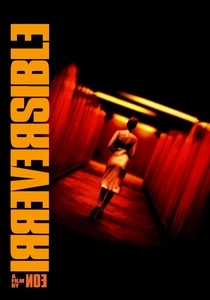
Irreversible (2002)
Description: This French film explores themes of revenge, time, and the irreversible nature of actions, featuring a prolonged, graphic rape scene that has sparked much debate about its necessity and impact.
Fact: The film was shot in reverse chronological order, which adds to its disorienting effect. It was banned in several countries for its violent content.
 30 Days Free
30 Days Free 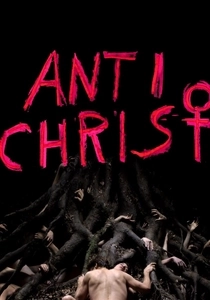
Antichrist (2009)
Description: Lars von Trier's film delves into themes of grief, misogyny, and the nature of evil, with scenes of extreme violence and sexual content that challenge viewers' perceptions of morality and sanity.
Fact: The film was met with mixed reviews, with some critics calling it misogynistic. It won the Silver Lion at the Venice Film Festival.
 30 Days Free
30 Days Free 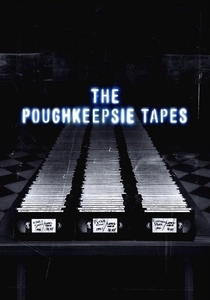
The Poughkeepsie Tapes (2007)
Description: This mockumentary-style horror film delves into the mind of a serial killer, exploring themes of voyeurism, torture, and the fascination with true crime, making viewers question the ethics of such entertainment.
Fact: The film was initially shelved due to its disturbing content but has since gained a cult following. It was inspired by real-life serial killers like Ted Bundy and Ed Gein.
 30 Days Free
30 Days Free 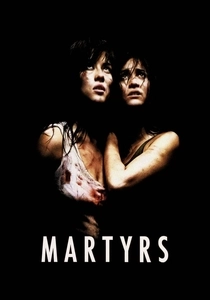
Martyrs (2008)
Description: This French film explores themes of revenge, suffering, and the afterlife, pushing the boundaries of physical and psychological endurance in a way that leaves viewers deeply disturbed.
Fact: The film was remade in English in 2016, but the original remains more impactful. It was inspired by a real-life story of a woman who survived a kidnapping.
 30 Days Free
30 Days Free 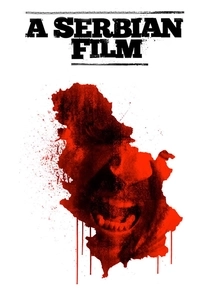
A Serbian Film (2010)
Description: This film delves into the darkest corners of human depravity, featuring extreme violence, sexual abuse, and necrophilia, making it one of the most controversial horror films ever made.
Fact: The movie was banned in numerous countries, and even in Serbia, it was met with significant backlash. The director, Srdjan Spasojevic, claimed it was a metaphor for the Serbian government's exploitation of its people.
 30 Days Free
30 Days Free 
Men Behind the Sun (1988)
Description: This Chinese film portrays the atrocities committed by Unit 731, a secret biological and chemical warfare research and development unit of the Imperial Japanese Army during World War II.
Fact: The film was banned in several countries for its graphic depiction of human experimentation. It was also criticized for its use of real animal cruelty.
 30 Days Free
30 Days Free 
